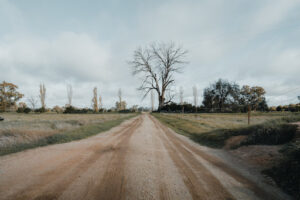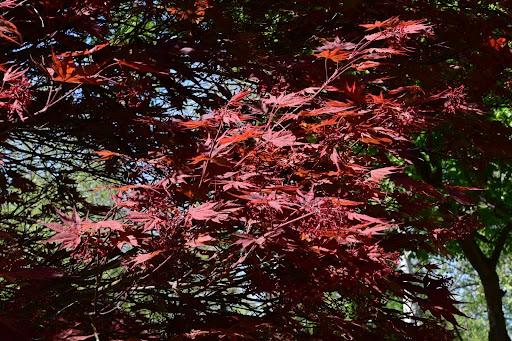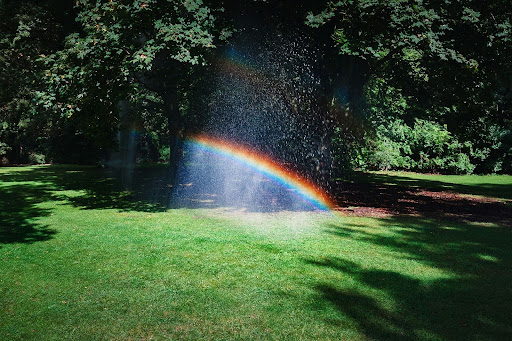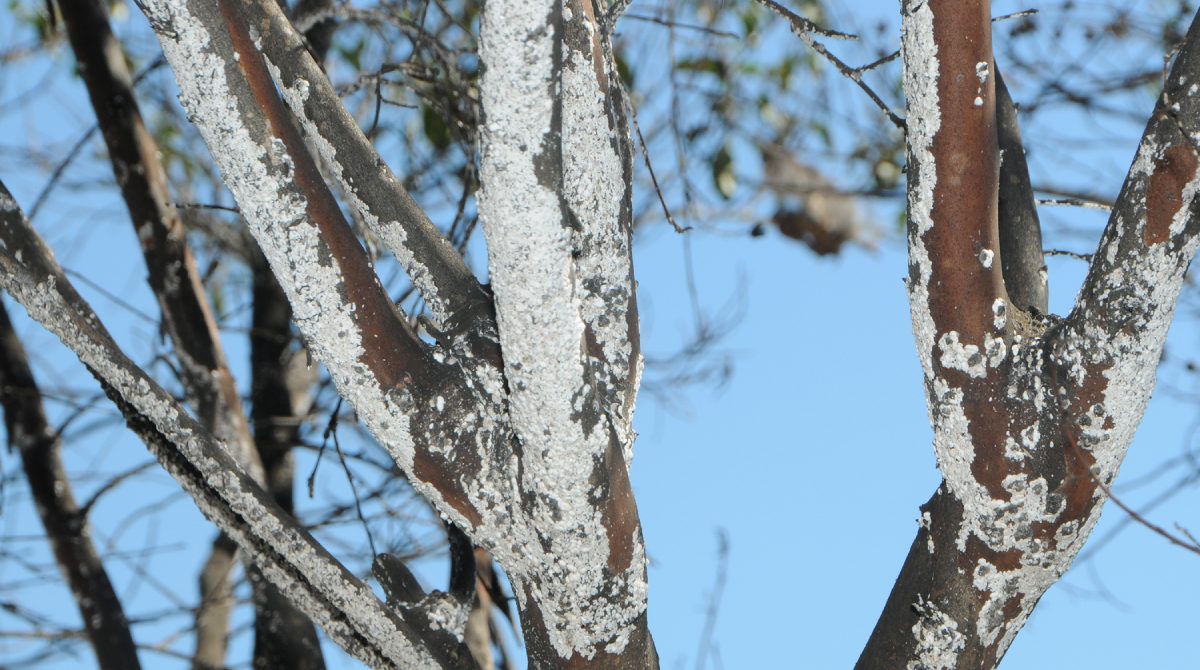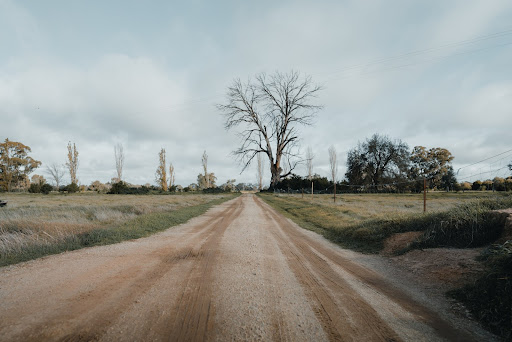
Top 5 Tree Diseases in Dallas and How To Prevent Them
Date August 09, 2023
Keeping trees healthy and happy can give them a long life and provide cooling shade for years to come. Part of keeping trees healthy is to learn what tree diseases look like and how to prevent or treat them. The team at TreeNewal created this guide to provide insight into the top five tree diseases in Dallas, Texas, along with how to prevent them.
What Are Tree Diseases?
Image via Unsplash by Arun Clarke
There are several tree diseases common in North Texas. Some have treatment options, while others only have prevention methods. Common diseases include oak wilt, hypoxylon canker, leaf scorch, oak decline, and fusiform rust.
Oak Wilt
Spread through insects and roots, oaks and red oaks are the most vulnerable to this deadly disease. Symptoms include changing leaf colors, curled or wilted leaves, trunk decay, and dead leaves that have all fallen by midsummer. Similar to other diseases, there is no treatment, only prevention. This includes spraying trees for insects, removing and burning affected trees quickly, and ensuring that all root grafting is handled by experts.
Hypoxylon Canker
This disease is another with no treatment or cure once it has settled in. Common in the dry season, symptoms include flaking bark, gradual loss of leaves, and dark spores in places where the bark has fallen off that eventually turn brown and then black. To prevent this disease, water regularly throughout the dry season to reduce tree stress and make it less vulnerable to disease.
Leaf Scorch
This bacterial disease impairs a tree’s ability to transport water from its roots and trunk to its canopy, which can result in dryness that can then make it vulnerable to other diseases. Symptoms include an uneven margin around leaves with a pale halo, leaf spots on older leaves, and early leaf drop. While there is no treatment, prevention methods include antibiotic trunk injections, mulching, and irrigation systems.
Oak Decline
This condition affects a variety of oak trees and is a slow-progressing disease that can make identification challenging. Symptoms include gradual dieback starting from the tips of branches, dwarfed or sparse foliage, premature color change, and sprouting on the stem and main branches. Treatment focuses on prevention, which includes spraying for insects and ensuring proper watering.
Fusiform Rust
This disease primarily affects pine trees, resulting in tree deformation and eventual death. While there is no treatment for fusiform rust, prevention can help reduce losses. Symptoms include the formation of a spherical or spindle-shaped gall on a branch or main stem, pitch canker, and bright orange fungal spores. Prevention of this disease includes planting resistant trees, trimming affected branches, and avoiding practices that overstimulate growth.
Knowing what diseases are common in your area can help you with early identification and mitigation of these tree diseases. If you need help with the prevention and treatment of these conditions, call the experts at TreeNewal. Our team of ISA Certified Arborists will happily help you with all your tree needs.
